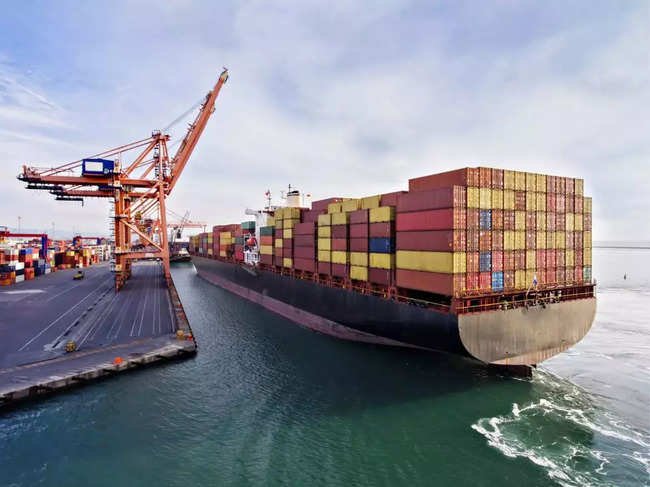The shipping industry is facing increasing pressure to meet decarbonization targets, as it accounts for about 3% of global greenhouse gas emissions. Tightening regulations from bodies like the European Union and the International Maritime Organization are pushing companies to prove strong environmental, social, and governance (ESG) performance to access capital and gain stakeholder trust. However, there is a growing gap between these requirements and the industry’s ability to keep up, leading to confusion, ambiguity, and unforeseen consequences. One solution to bridge this gap is through emerging technology, such as the new active emissions monitoring system developed by Cyanergy, which aims to transform emissions tracking and reporting for the shipping industry.
The International Maritime Organization (IMO) and the European Union have taken steps towards decarbonizing the shipping industry. The IMO set a goal to reduce emissions by at least 50% by 2050 and created the Carbon Intensity Index (CII) to track progress. The EU’s Emission Trading System also applies to the maritime industry, requiring ships to purchase carbon allowances for emissions when docking or traveling through EU ports. However, meeting these standards poses challenges for shipping companies, including increased administrative burdens, inaccurate measurements, varied methodologies, and uncertainty in future carbon costs.
To address these challenges, Cyanergy has developed a low-cost emissions monitoring system to help shipping companies measure, report, and verify their decarbonization efforts. The system automates data collection, centralizes information for stakeholders, and measures greenhouse gas emissions in real-time using stoichiometric calculations. This technology allows companies to streamline their emissions accounting processes, improve ship efficiency, and align operations with decarbonization goals. By embracing technology and data-driven solutions, shipping companies can reduce emissions, meet regulatory requirements, and position themselves as leaders in global sustainability.


















